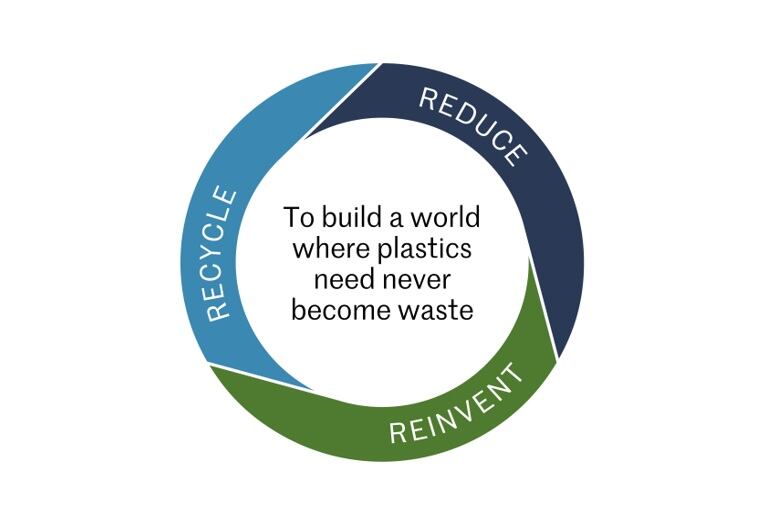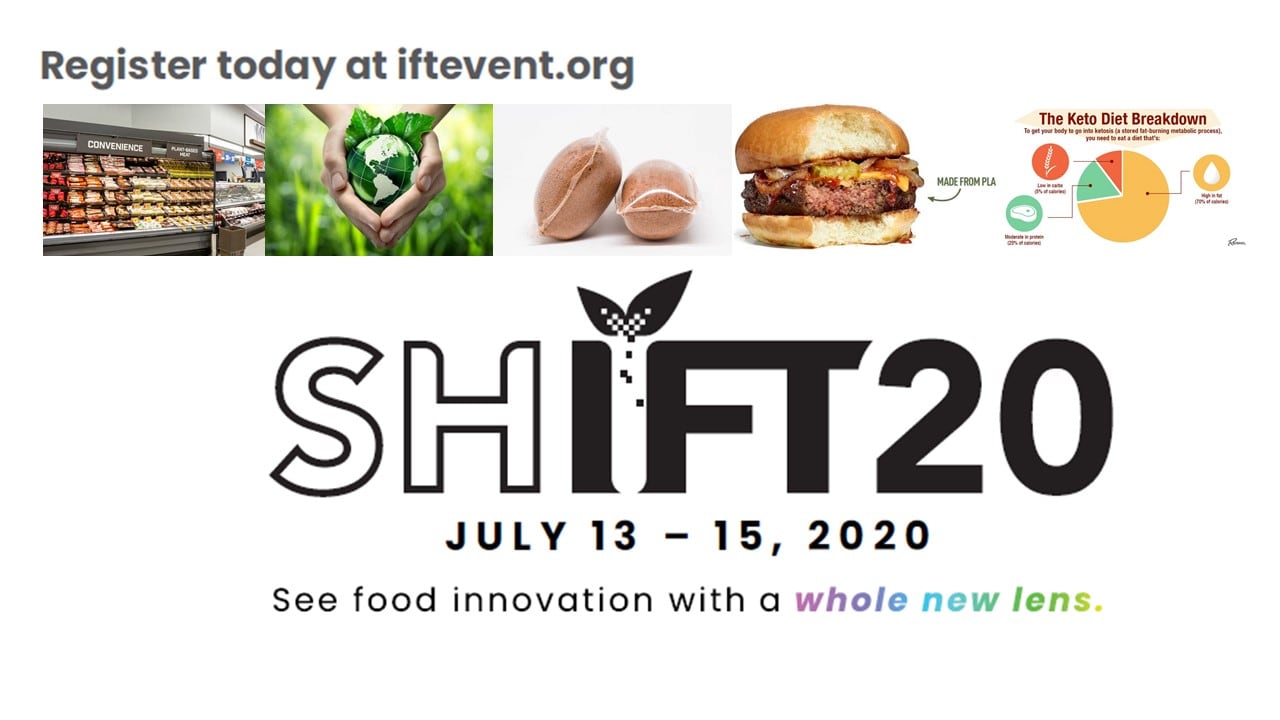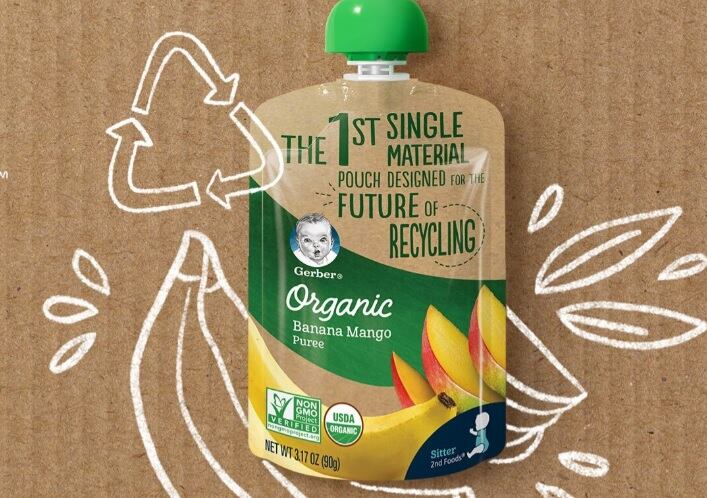The bottle, unveiled this week and set to debut on store shelves in 2021, is the brain child of the spirit manufacturer Diageo and the innovation venture management company Pilot Lite, which together formed the new company Pulpex Limited.
Recognizing the potential positive environmental impact of this “first-of-its-kind” scalable paper-based bottled, Pulpex Limited invited PepsiCo and Unilever to join a growing consortium of global fast-moving consumer goods companies to further develop the technology for use across categories, brands and businesses.
“There are a lot of challenges out there [related to sustainability] that all companies are looking to solve, but which no one company can really solve on its own. So, the beauty of this consortium is that we can really bring big changes on packaging to the market by working together,” Ron Khan, VP of beverage packaging at PepsiCo, told FoodNavigator-USA.
“For example,” he explained, “we see this paper bottle as a solution that could go very, very broadly across the world, and its benefit outweighs the need to hang on to the technology,” which is why Diageo brought together companies in non-competing categories to fine-tune how this technology can be applied across all sectors.
“Clearly, each industry has its own particular product criteria to resolve. So, the challenges around alcoholic beverages are different from non-alcoholic beverages [that PepsiCo must manage], which are different still from home care products [which Unilever will address]. By expanding the consortium and bringing more partners in, we are able to solve those problems and make this a universally wide packaging format” that is a more sustainable alternative to plastics, Khan said.
While PepsiCo and the others are “still in the early development stage,” Khan said that PepsiCo has not yet decided which brands will feature the new packaging when it hits store shelves in 2021. However, he said, the company sees potential for it “across most of our products,” although it has not been proven for carbonated drinks.
[Editor's Note: Interested in learning more about how the food industry is tackling sustainability challenges and improving its environmental impact? Join FoodNavigator-USA Aug. 6 at 12 CT for a FREE webinar to discover creative solutions to common challenges. Register HERE.]
The appeal of paper
Unlike other paper-based containers that rely on multiple layers of materials to prevent wicking that could damage the product or lead to leaks or burst bottles, Pulpex’s single-layer paper carton was developed with a natural moisture resistance, Khan said.
“The way the bottle is done is when it is still at the pulp stage with the wood fiber, natural food grade additives are mixed in to give moisture resistance to the pulp material. When the pulp dries, a coating is applied so that when you have a liquid in the material, you won’t be able to tell it is paper in terms of the drinking experience,” he explained.
This means the bottle, and consumer using it, won’t suffer the same fate as so many milk cartons or paper straws that when used quickly become soggy and unappealing.
“From a consumer experience, it will be exactly the same as using a bottle, except it will be made out of paper,” Khan stressed, noting that depending on the final form, the bottle could have a screw top, pull tab or other closure that is familiar.
In addition, because the bottle is made from a single source, consumers need not worry about separating materials to recycle it, Khan said. Rather, he added, “they would just need to put it in the paper recycling bin,” like any other natural material.
A small part of a larger picture
This simplicity of recycling is one of the major reasons that PepsiCo was attracted to the packaging and the invitation to join the consortium, Khan said.
He explained that in 2019, PepsiCo announced a goal to reduce virgin plastic content across its beverage business by 35% by 2025, and make 100% of its packaging recyclable, compostable or biodegradable by 2025.
While the company is already 90% of the way towards this goal with five years still to go, Khan said “this bottle will help to a certain degree” to close the remaining gap.
“We see a world where plastics need no longer become waste, and we have three pillars that help us with that, including reduce, recycle and reinvent,” Khan said. “By moving to this type of bottle, it allows us to meet multiple of these goals. It allows us to reinvent by choosing renewable materials. … It also helps us to recycle because by moving into a paper bottle it has got the highest recycling rate, and the, finally, in terms of reduce, it helps us diversify our portfolio so that it fits very, very, well into that area.”
Even as PepsiCo embraces this new packaging, Khan said other materials still offer different values and can improve overall sustainability.
“You can measure sustainability in lots of different metrics, and all the different packaging materials have good roles to play on sustainability, either from a greenhouse gas point of view or from a material sourcing point of view or a [waste reduction] view,” Khan said.
For example, he said, plastics “bring big advantages to us because they are lightweight, so they have a low greenhouse gas footprint, and then they are transparent and hygienic. Plastic is also highly recyclable and very inert.
If you look at aluminum, again the metal is lightweight and highly recyclable. …
And the advantages of this paper bottle are that we can source the material from renewable forests and it has a high recycling rate.”




